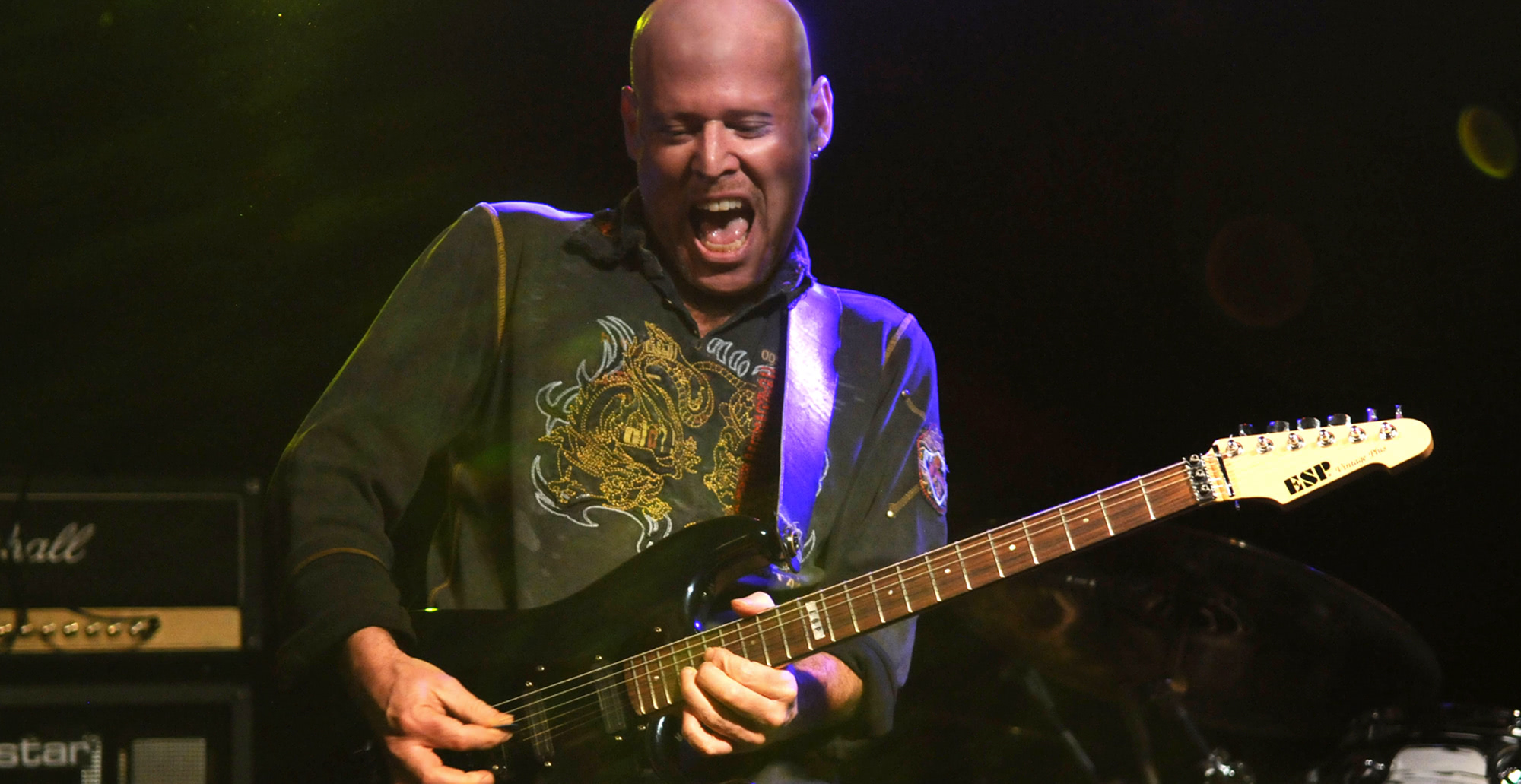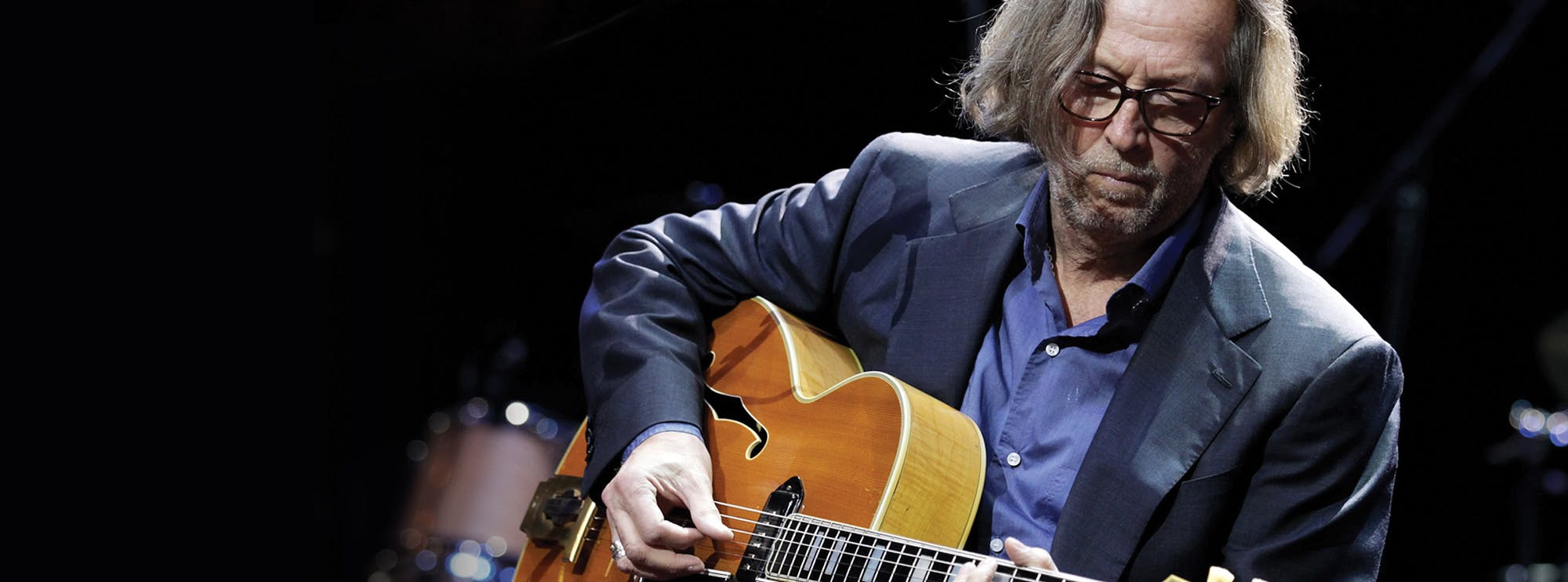Houses of the Holy by Led Zeppelin – Guitar Lesson Breakdown
“Houses of the Holy” is a groove-driven, funk-tinged rock anthem by Led Zeppelin, originally released on their 1975 Physical Graffiti album. Despite sharing a name with the band’s 1973 album, this track wasn’t released until two years later—and it quickly became a fan favourite thanks to its bouncy rhythm, catchy riffs, and tight interplay between guitar and rhythm section. At LickLibrary.com, our note-for-note guitar lesson guides you through every section of this underrated Zeppelin classic, breaking down the track’s unique feel, clever voicings, and dynamic guitar techniques.
This lesson focuses on four essential guitar techniques that form the foundation of the song’s infectious rhythm and lead work: double stops, power chords, barre chords, and string bending. These techniques are all explored in detail throughout the lesson, giving guitarists the tools to not only play “Houses of the Holy” accurately but also to develop skills that are applicable across blues, rock, funk, and beyond. This lesson is taught by Danny Gill.
Techniques Used
Double Stops
Double stops appear throughout “Houses of the Holy,” adding thickness and harmonic depth to Page’s rhythm and lead parts. These two-note voicings are used for stabs, accents, and melodic lines that cut through the mix and reinforce the groove.
Benefit to the player: Mastering double stops enhances your fretboard awareness and allows you to add harmony to lead lines and fills. They’re great for developing finger coordination and are widely used in rock, blues, and funk styles for punchy, expressive phrasing.
Power Chords
The song uses power chords to deliver punchy, percussive accents and drive the rhythm forward. Page integrates these into the song’s dynamic shifts, keeping them tight and rhythmically sharp.
Benefit to the player: Power chords are a staple of rock rhythm guitar. They help develop strength and accuracy in both hands, build coordination with the drummer, and allow for expressive dynamics depending on how they’re picked and muted.
Barre Chords
Barre chords are used throughout the track to give Page access to a wide range of chord shapes across the fretboard. These shapes allow for rhythmic variation, chord embellishment, and fluid movement between sections.
Benefit to the player: Barre chords are fundamental to playing in different keys and voicings across the neck. They help strengthen your fretting hand and open up creative options for both rhythm and lead guitar work.
String Bending
Subtle but effective string bending is sprinkled throughout the song’s lead fills and embellishments. Page uses bending to add expression and emotion to short melodic phrases, giving them a vocal, singing quality.
Benefit to the player: String bending improves finger strength and pitch control while allowing for more expressive, dynamic playing. It’s an essential technique for creating vocal-like phrasing and for developing a personal lead guitar voice.
About the Song and Guitar Style
“Houses of the Holy” is one of Led Zeppelin’s most groove-oriented songs. It blends funk-inspired rhythm guitar with bluesy lead lines and harmonically rich chord voicings. Unlike the heavier, riff-dominated songs in their catalogue, this track focuses on syncopation, articulation, and interplay between the instruments. Jimmy Page’s playing on this track is all about feel—each chord stab, muted rhythm, and bend is delivered with confidence and swagger.
With its bouncing groove, tight rhythm playing, and expressive embellishments, “Houses of the Holy” is a fantastic study in musical restraint and groove-based playing. Guitarists looking to improve their timing, dynamics, and phrasing will find this song both challenging and rewarding to learn.
About the Guitar Player – Jimmy Page
Jimmy Page is widely considered one of the most inventive and influential guitarists in rock history. While he’s often celebrated for his bombastic riffs and iconic solos, Page’s rhythm guitar work is equally important to the Led Zeppelin sound. On “Houses of the Holy,” Page takes on a funkier, more rhythmic role, showcasing his ability to blend feel with harmonic complexity.
By combining syncopated rhythm stabs with melodic fills, and weaving between lead and rhythm seamlessly, Page delivers a performance that is both technically clever and musically captivating. Learning this track offers insight into how Page constructs guitar parts that serve the song while remaining inventive and unmistakably stylish.
Summary
Learning “Houses of the Holy” through our note-for-note guitar lesson at LickLibrary.com provides guitarists with an opportunity to dive into the funkier, groove-oriented side of Led Zeppelin. The song may not be as heavy as some of their other hits, but it’s rich with musical and technical depth.
From the precision of power chords and barre chord movement, to the melodic grace of string bends and the harmonic punch of double stops, this lesson is a toolkit for building expressive rhythm and lead guitar skills. You’ll not only learn how to replicate Jimmy Page’s parts accurately, but you’ll also come away with techniques that will enhance your own songwriting, rhythm playing, and solo phrasing.
“Houses of the Holy” proves that less can be more—Page’s playing here is all about attitude, groove, and pocket. Mastering this track is a great way to refine your rhythm guitar chops and inject some classic Zeppelin groove into your playing.
Techniques Used in This Lesson
Get started today with our Houses of the Holy guitar lesson at LickLibrary.com and groove your way through one of Led Zeppelin’s most rhythmically infectious and musically engaging tracks.

About The Tutor
Tutor Profile
Danny Gill
Danny Gill is, without a doubt, the most loved tutor by our community. With an incredible array of DVDs and web lessons for LickLibrary covering a wide variety of topics all of which he covers with incredible detail, it's no wonder he carries as much respect as he does. As...




